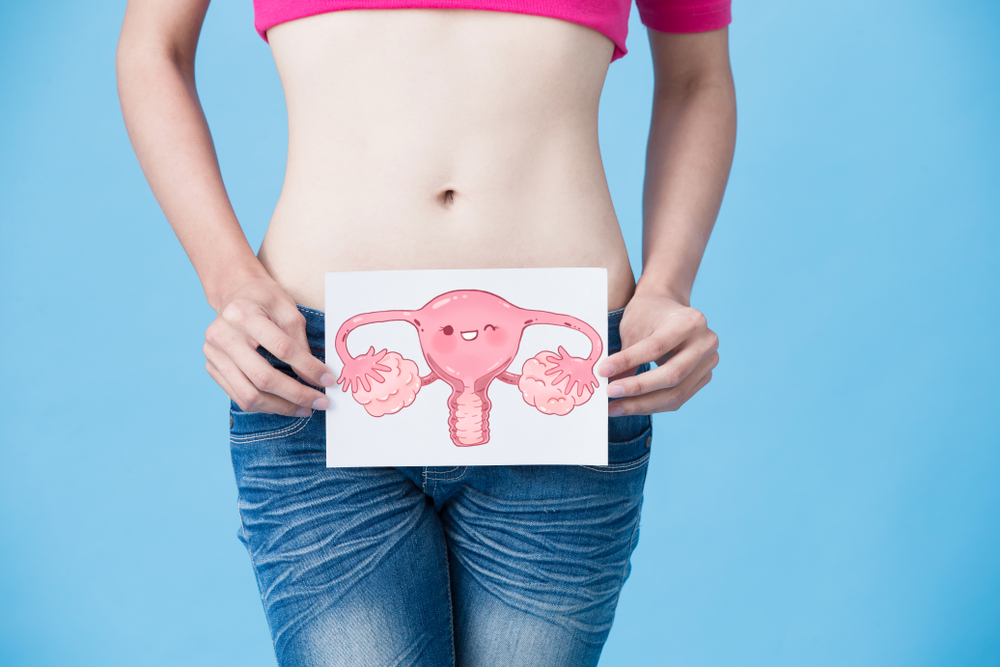Experiencing a miscarriage can be a deeply emotional and physically challenging experience. Your body recovers from the miscarriage’s physical aspects. You may also worry about future fertility. For example, thin endometrium after miscarriage might concern you. This can be a source of anxiety. It’s crucial to understand the condition and its implications. Get the best of diagnosis and treatment from the best IVF Centre in Ahmedabad.
ABOUT CLINIC
Nisha IVF, a leading IVF Centre in Ahmedabad, is here to support you with its team of experienced IVF Doctors and dedicated IVF specialists in Ahmedabad. We understand the unique needs of each patient and create personalized treatment plans, utilizing the latest advancements in reproductive medicine, to help you achieve your dream of parenthood.
Thin endometrium after miscarriage? Nisha IVF can guide you – don’t let it dim your hope for parenthood. Talk to the experts!
Understand thin endometrium and get details about the causes, symptoms, and diagnosis of this condition.
WHAT IS ENDOMETRIUM?
The endometrium is the lining of the uterus. It thickens and sheds during your menstrual cycle. In preparation for pregnancy, the uterine lining must thicken to a certain level. This thickening happens after a miscarriage. This provides a suitable environment for embryo implantation. A thin endometrium is a lining that is less than the accepted threshold of 7-8 millimeters.
Concerned about thin endometrium after miscarriage? Schedule a consultation with our experts today.
Want to know what causes a thin endometrium post – miscarriage? Read more and learn about it.
CAUSES OF THIN ENDOMETRIUM AFTER MISCARRIAGE
- Asherman’s Syndrome: This is a scarring condition that develops inside the uterus due to procedures like dilation and curettage (D&C) commonly used for miscarriage management. Scarring can affect blood flow and hinder the endometrium from growing properly.
- Hormonal Imbalances: Conditions like hypothyroidism, PCOS, or low estrogen levels can impact the hormones necessary for proper endometrial growth.
- Underlying Medical Conditions: Certain conditions like
- chronic inflammatory diseases
- autoimmune disorders
- vascular issues
can affect blood supply to the uterus, impacting endometrial thickness.
- Previous Uterine Surgeries: Extensive surgeries like myomectomy (removal of fibroids) or previous C-sections with complications can potentially affect the endometrium.
Explore the impact of thin endometrium miscarriage, as well as how it affects fertility.
IMPACT OF THIN ENDOMETRIUM ON FERTILITY
A thin endometrial lining after miscarriage might pose challenges for future fertility. The endometrium plays a crucial role in:
- Implantation: The endometrium after miscarriage needs to be thick enough to provide a receptive surface for the fertilized egg to implant and grow.
- Nourishment: The endometrium supplies nutrients and oxygen to the developing embryo through blood vessels.
- Protection: The endometrium shields the growing embryo from the external environment.
A thin endometrium might not fulfill these functions well. This might raise the risk of implantation failure or miscarriage in later pregnancies.
Thin lining post-miscarriage? Don’t lose hope! Nisha IVF’s experts guide you. Consult today!
Want to learn how to increase your lining thickness to boost your chances of getting pregnant? Let’s explore some effective strategies together!
TREATMENT OPTIONS FOR THIN ENDOMETRIUM
If you are diagnosed with thin endometrium after miscarriage, your doctor at Nisha IVF, a leading IVF Centre in Ahmedabad, will develop a personalized treatment plan based on the underlying cause. Treatment options may include:
- Hormonal therapy: This can involve medications like estrogen, progesterone, or a combination of both to stimulate endometrial growth.
- Minimally invasive surgery: In cases of Asherman’s syndrome, your IVF Doctor in Ahmedabad might recommend a procedure like hysteroscopy to remove scar tissue and improve blood flow.
- Lifestyle modifications: Maintaining a healthy weight, managing stress, and adopting a balanced diet rich in essential nutrients can support overall health and contribute to a healthy uterine lining after miscarriage.
Explored solutions for thin endometrium? Want to know more? Our experts are here to support your journey towards pregnancy. Contact us now!
WHEN DOES UTERINE LINING RETURN TO NORMAL AFTER MISCARRIAGE?
The time it takes for the uterine lining after miscarriage to return to normal can vary. It depends on individual factors, but it takes around 4-6 weeks. Your doctor can track your progress with regular check-ups and ultrasound scans. They assess the thickness of your endometrium.
WHAT HAPPENS TO THE ENDOMETRIUM AFTER MISCARRIAGE?
After a miscarriage, the body sheds the remaining pregnancy tissue. It also returns the uterus to its pre-pregnancy state. This includes the breakdown and shedding of the thickened endometrial lining after miscarriage. The next menstrual cycle usually starts within 4-8 weeks. This shows the endometrium has started its regular cycle of growth and shedding.
Explore treatment options and regain hope for parenthood. Schedule a consultation!
Want to empower your reproductive health? Explore evidence-based lifestyle & dietary tips for a healthy lining. Let’s dive in!
PREVENTIVE MEASURES TO SUPPORT ENDOMETRIAL HEALTH
Preventing it isn’t always possible. But, certain steps can help a healthy endometrial lining after miscarriage:
- Maintain a healthy weight: Obesity can disrupt hormone balance and impact endometrial health.
- Manage stress: Chronic stress can affect hormone levels and blood flow, impacting the endometrium.
- Eat a balanced diet: Include fruits, vegetables, whole grains, and lean protein sources in your diet for optimal nutrient intake.
- Exercise regularly: Regular physical activity can improve blood circulation and overall health, potentially benefiting the endometrium.
Consider taking prenatal vitamins: These vitamins can provide essential nutrients like folic acid, which is crucial for fetal development and may also play a role in endometrial health.
OUTLOOK (CONCLUSION)
Having a miscarriage is hard. Dealing with worries about thin endometrium after miscarriage can be a daunting journey. Yet, with proper diagnosis, treatment, and support from an experienced team. This is what you will get at Nisha IVF. They have various IVF specialists in Ahmedabad.
Thin endometrium shouldn’t define your path to parenthood. Get the best treatment from our IVF specialists. Book an appointment!
FAQs:
- Does miscarriage affect uterus?
Miscarriage can cause temporary changes in the uterus, but it usually heals naturally within a few weeks. In rare cases, complications like Asherman’s syndrome can occur, affecting the lining.
- Can a thin endometrial lining cause miscarriage?
While not the sole cause, a thin lining can decrease the chances of successful implantation and increase the risk of miscarriage. Early diagnosis and treatment can improve your chances of a healthy pregnancy.
- How do you know your uterus has healed after miscarriage?
Regular check-ups with your doctor and monitoring your menstrual cycle can help assess healing. They might also recommend ultrasound scans to check the lining thickness.
- Can walking increase endometrial thickness?
Regular exercise is good for health. But, there’s no proof that walking thickens the endometrium. Consult your doctor for personalized advice.


